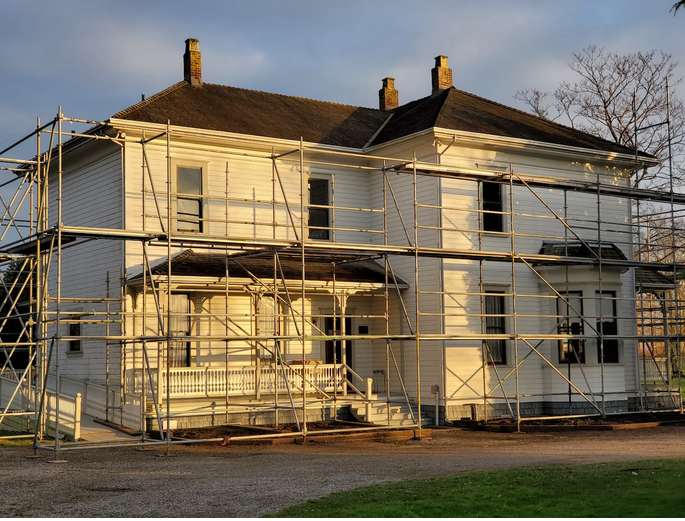
Eco-Friendly and Stylish: Sustainable Building Techniques for Modern Homes
Gone are the days when sustainability meant sacrificing style. The modern homeowner is now embracing sustainable building techniques that not only minimize our carbon footprint but also create stunning living spaces. Find out more about it at https://www.heimwerker.de/bauabnahme/.
From green roofs and walls to passive solar design, there’s a myriad of innovative solutions available for those looking to build or renovate their dream home. So, without further ado, let’s take a look at some of these techniques that seamlessly blend environmental consciousness with contemporary aesthetics.
Green Roofs and Walls

Green roofs and walls are not only a visually stunning addition to any home but also provide numerous environmental benefits. Once you get all of this beautiful vegetation for your building’s structure, you can improve air quality, reduce energy consumption, and mitigate the urban heat island effect. Green roofs act as natural insulators, helping regulate indoor temperature and cut the need for artificial heating or cooling. They absorb rainwater, preventing runoff that contributes to flooding and water pollution. When it comes to green walls, they serve as living artwork while purifying the air we breathe. They also insulate buildings against noise pollution from busy streets.
Rainwater Harvesting Systems
With climate change causing more frequent droughts in many regions, it’s becoming increasingly important to find alternative solutions for our water needs. That’s where rainwater harvesting comes in handy. One method involves collecting rainwater from rooftops and channeling it into storage tanks or cisterns. This harvested water can then be used for tasks such as watering plants, flushing toilets, or even washing clothes. Another approach is through the use of permeable pavements and underground storage systems. These allow rainwater to infiltrate into the ground instead of running off into storm drains.
Passive Solar Design
In passive solar design, strategic placement of windows and overhangs allows for maximum sunlight penetration during winter months while providing shade in the summer to prevent overheating. The orientation of a home also plays a crucial role in optimizing solar gain – south-facing windows are ideal as they receive ample sunlight throughout the day. By harnessing this free source of energy, homeowners can significantly reduce their reliance on artificial heating and cooling systems, leading to much lower utility bills and reduced environmental impact. Additionally, passive solar design often incorporates thermal mass materials like concrete or brick into walls or floors.
Reclaimed and Sustainable Building Materials

Aside from those above, these materials offer a unique blend of eco-friendliness and style, making them the ideal option for homeowners who want to create a greener living space without compromising on aesthetics. One option for incorporating reclaimed materials into your home is using salvaged wood. This can include anything from old barn beams to vintage hardwood flooring. By repurposing these materials, you not only reduce waste but also add character and warmth to your living spaces. Another sustainable option is recycled glass. Using recycled glass countertops or tiles not only brings luxury into your kitchen or bathroom but also helps divert waste from landfills.
So, let’s take this opportunity to build sustainably by incorporating these innovative techniques into our dream homes. Remember: being environmentally conscious doesn’t mean sacrificing style or comfort; it means making smarter choices that benefit both us and the planet we call home.